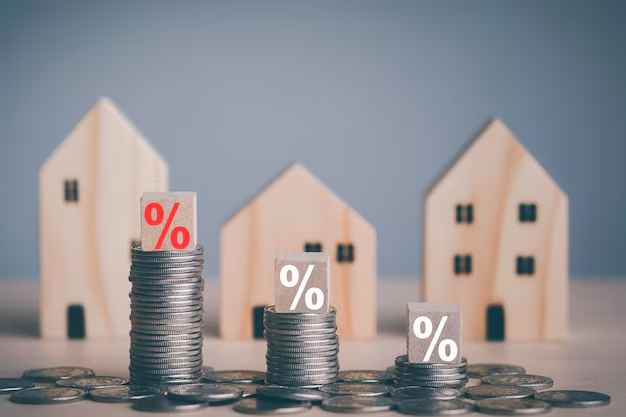Discover the 2023 Average Rent for a 1-Bedroom Apartment
Navigating the rental market in 2023 can be a daunting task, especially if you're on the hunt for a new place to call home. For many, the average rent for a 1-bedroom apartment is a critical factor in deciding where to live. As of this year, the national average rent for a one-bedroom apartment sits at approximately $1,650 per month. However, this figure can vary significantly based on location.
Factors Influencing Rent Prices
Location is Key: In major metropolitan areas like New York City, San Francisco, and Los Angeles, the average cost can soar above $3,000, reflecting high demand and limited housing. In contrast, cities in the Midwest or Southern states often offer more affordable options, with rents around $1,200.
Market Trends: The housing market continues to fluctuate, affected by variables such as supply and demand, economic conditions, and local policies. Stay alert to trends that might impact your budget, such as rising demands post-pandemic leading to increased rental prices.
Strategies to Afford Rent
For many, finding affordable housing is only the first step. Balancing monthly expenses with rent can be challenging. Here are some practical strategies:
Budget Wisely: Allocate about 30% of your income towards rent. This might require adjustments in other areas of spending.
Roommate Option: Share living expenses with a roommate to split costs.
Negotiate with Landlords: Some landlords may offer discounted rates for longer lease terms or offer the first month free.
Government Aid and Financial Assistance
If the prospect of paying rent seems overwhelming, explore government aid programs and other financial resources:
Rental Assistance Programs
- Section 8 Vouchers: Help low-income families afford housing.
- Emergency Rental Assistance Programs (ERAP): Temporary aids for those facing eviction or hardship.
Budgeting and Debt Relief
Understanding and maximizing your financial situation is crucial:
- Debt Management Plans: Consider these if you're struggling with debt while balancing rent.
- Credit Counseling Services: Professional advice to manage your finances better.
Education and Upskilling for Better Opportunities
Sometimes, increasing income is the best long-term solution. Access educational opportunities and skill development programs:
- Community College Grants: Many states offer affordable education opportunities.
- Online Courses: Upskill via platforms offering courses in high-demand areas like tech or healthcare.
Taking advantage of these strategies and resources can alleviate the anxiety of rent payments. Explore your options, plan strategically, and ensure your living situation aligns with your financial health.
💡 Key Financial Aid Resources
- 🏢 Section 8 Housing Vouchers: Financial assistance for low-income renters.
- 🏛️ Emergency Rental Assistance Programs (ERAP): Support for tenants facing eviction.
- 📈 Debt Management Plans: Consolidate and manage debts efficiently.
- 📊 Credit Counseling: Professional financial advice and support.
- 💻 Community College and Online Education Grants: Affordable pathways to enhance your skills and earning potential.
Empower yourself with these options to ensure housing remains a manageable and sustainable part of your financial journey.
